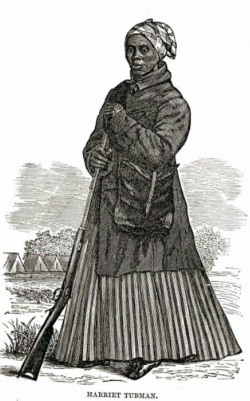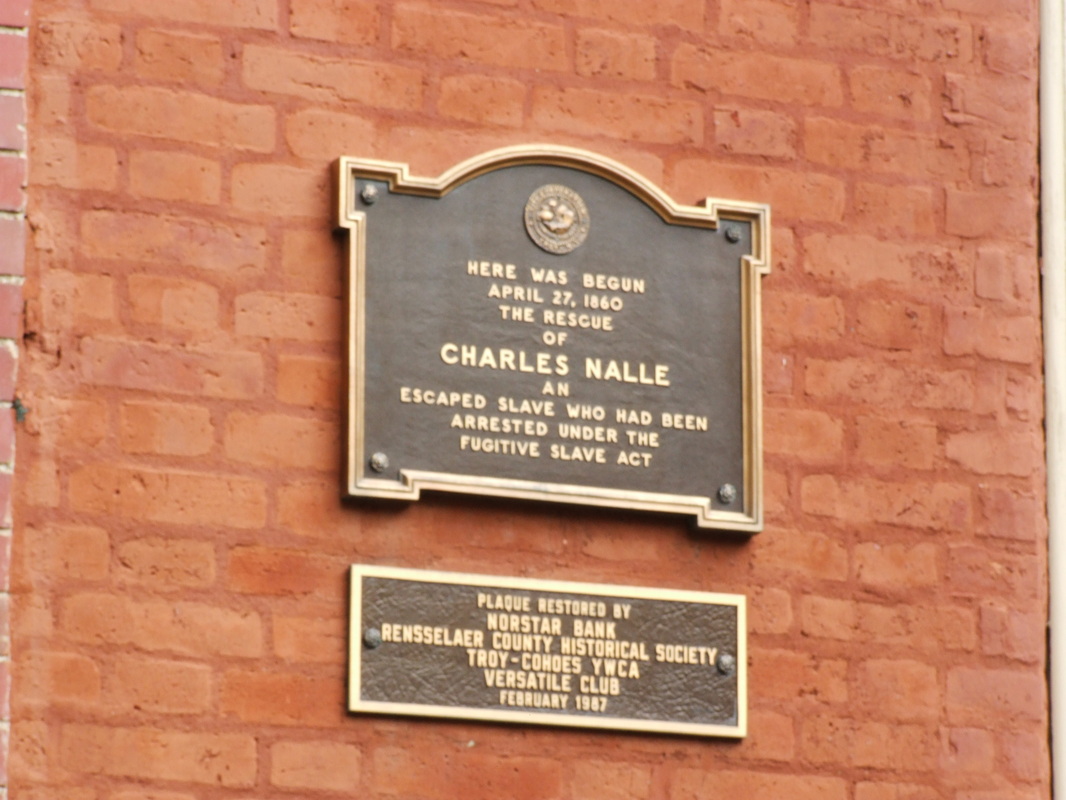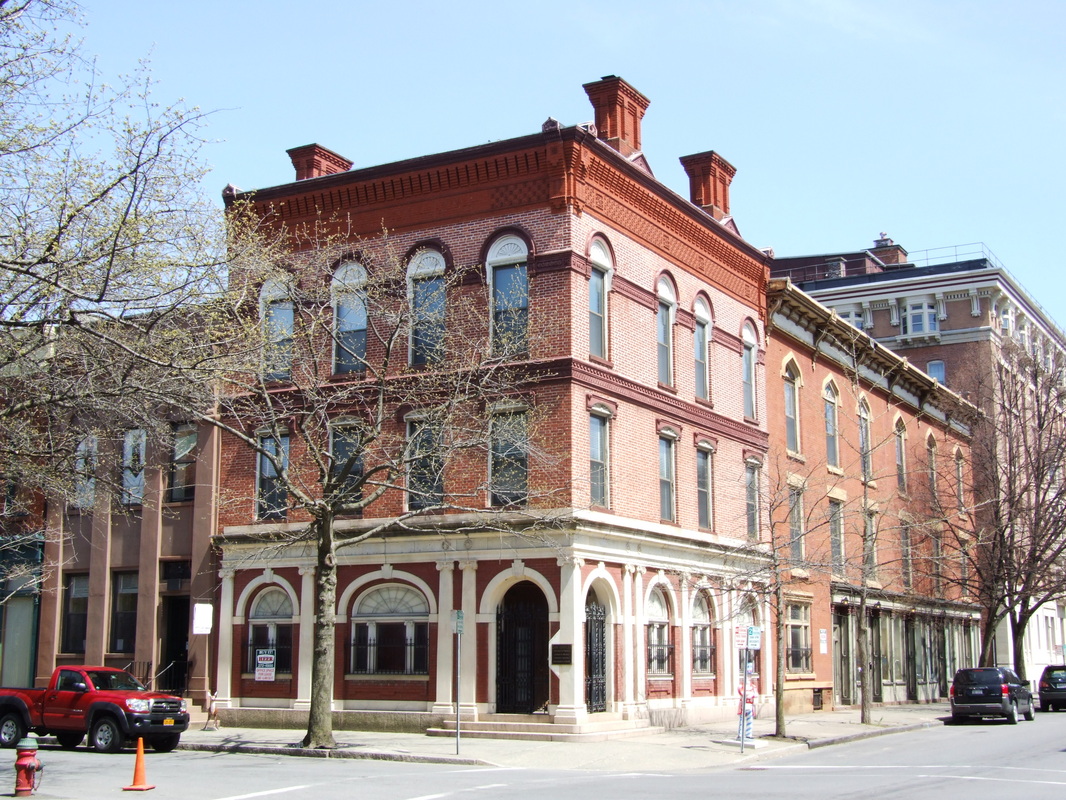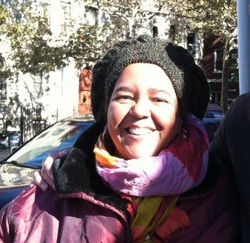|
Here is the conclusion of my three part story about the rescue of Charles Nalle, a fugitive slave living in Troy in 1860. This story of one of Troy's finest hours has been a joy to research and write. Here's the story as it first appeared on Brownstoner.com. http://www.brownstoner.com/blog/2014/03/walkabout-the-rescue-of-charles-nalle-a-troy-story-part-3/
Chapter Three Charles Nalle, his body battered and bleeding, blood streaming from his wrists where the heavy slave manacles bit into his skin, stumbled up the embankment of the Hudson River, into the town of West Troy, N.Y. It was April 27, 1860, and Nalle had just escaped being taken back into slavery. He was, according to the law, still the property of his half-brother Blucher Hansbrough, of Culpeper, Va. That morning, he had left his employer Uri Gilbert’s house on 2nd Street, in Troy, and walked to the bakery, intent on getting bread for his employer’s household. Two years had passed since that fateful day in 1858 when he had boarded a boat in Washington, D.C., on his way to freedom in Philadelphia, and then on to upstate New York, bound for Canada. To look at the man making his way up the embankment, one would scarcely have taken him to be the average Negro slave. He looked as Caucasian as any other free white man. He was the son of a Virginia planter named Peter Hansbrough and his slave named Lucy, who was herself half white. Charles was four years older than his half-brother Blucher, and was given to him by their father. The two men looked so much alike, a change of clothing would have obscured master from slave. But blood made all the difference, and Charles’ African lineage had assured him of a life of slavery. Unless he took his fate in his hands, and boarded the Underground Railroad to freedom. The story of Charles Nalle’s early life, his family in Virginia and Washington, and his life in Troy up until this day can be found in Part One and Part Two of this story. We ended the last chapter with Charles Nalle escaping his captors and jumping on the ferry to West Troy, which today is the city of Watervliet. The hounds of hell were behind him, but so was salvation, in the person of Harriet Tubman, the “Moses” of the Underground Railroad, a woman who had never lost a passenger. And she, and the members of the Vigilance Committee, and the citizens of Troy, weren’t going to start losing one now.
1 Comment
 Harriet Tubman during the Civil War. Wikipedia Harriet Tubman during the Civil War. Wikipedia Here is Chapter Two of my story the Charles Nalle Rescue, which took place in Troy, NY, on April 27, 1860. The story first ran on Brownstoner.com.
http://www.brownstoner.com/blog/2014/03/walkabout-the-rescue-of-charles-nalle-a-troy-story-part-2/ Chapter Two: The great Harriet Tubman was a tiny little woman, with strong African features, no taller than five feet. But she was as tough as nails, and as fast and resourceful as a ninja. Over the years between 1849 and the dawn of the Civil War, she singlehandedly traveled back and forth from the plantations of the South to the Canadian border more than 19 times, leading captives out of slavery. Over 300 people directly owed their freedom to her, and she faced capture and certain death every day as they traveled north along the Underground Railroad. Her own family members were among the first people she shepherded to freedom, and some of them settled in upstate New York, in Auburn, and in the Capital region. Part of Harriet Tubman’s success lay in the fact that most people didn’t believe that this diminutive black woman could possibly be the scourge of plantation owners everywhere. They didn’t know what she looked like, and they never caught her, or came close to finding out her identity. For those she helped to freedom, and those who helped her as operatives on the Underground Railroad, and supported her financially and in spirit, she was simply called “Moses.” In the spring of 1860, she was slated to speak at an anti-slavery rally in Boston. She was traveling east from Auburn, so when she reached the Albany area, she decided to take some time to visit a cousin in Troy. The entire Capital District was a hotbed of abolitionist activity, and many of the area’s citizens were conductors on the Underground Railroad. Troy had a great number of people sympathetic to the anti-slavery cause, and the prosperous city had a small black community that included successful store and small business owners, outspoken ministers, and others, who with many of the city’s leading white citizens, were members of abolitionist groups. Harriet Tubman was right at home in Troy. 3/25/2014 1 Comment The Rescue of Charles Nalle, Part IOver the past week I've written what I consider to be one of my best stories, and one of the most important tales in Troy's long and proud history. Here's part one, as it appears on Brownstoner.com.
http://www.brownstoner.com/blog/2014/03/walkabout-the-rescue-of-charles-nalle-a-troy-story-part-one/ Like Brooklyn, the Capital City area has long been recognized as an important nexus of the Abolitionist Movement in New York State, in the days before the Civil War. Anti-slavery activists were quite busy in Albany, Troy and the surrounding towns. The Hudson River cities became important routes on the Underground Railroad; the road to freedom in Canada for fugitives escaping slavery in the southern states. After the Fugitive Slave Act was enacted in 1850, the need for a strong and active resistance movement to pass escapees on up to Canada was necessary, as the new federal law not only made it a crime to help escapees, it also allowed bands of slave catchers to operate freely. The law also compelled local law enforcement to imprison and hold those who were captured, whether local officials wanted to, or not. There was a small, but strong black community in the area, with black churches, schools and communities established in Troy, Albany, Saratoga, and beyond. Solomon Northrup, the hero of the true story “12 Years a Slave” lived with his family in Saratoga Springs. It was from there that he was kidnapped and spirited away down South, into slavery. Troy was home to several important black abolitionists, including Henry Highland Garnet, one of Troy’s most prominent ministers. Harriet Tubman had a cousin living in Troy. In Albany, Stephen Myers, another African American abolitionist, was publisher of “The Northern Star and Freeman’s Advocate,” an important African American newspaper. Myers was also one of the most important Underground Railroad agents in the state, and helped thousands of people make their way to freedom. Ok, I write full time for a blog, two of them actually, and I can't seem to get it together to write for my own blog.
I also sew for a living sometimes, and I have a pitiful wardrobe and no curtains on my windows that were made by me. I see a pattern here. I'm going to try one more time to get Spellen of Troy going. I want to do this. |
AuthorMy name is Suzanne Spellen. I've been many things: a writer, historian, preservationist, musician, traveler, designer, sewer, teacher, and tour guide; a long time Brooklynite and now, a proud resident of Troy, NY. Archives
February 2019
Categories
|




 RSS Feed
RSS Feed
